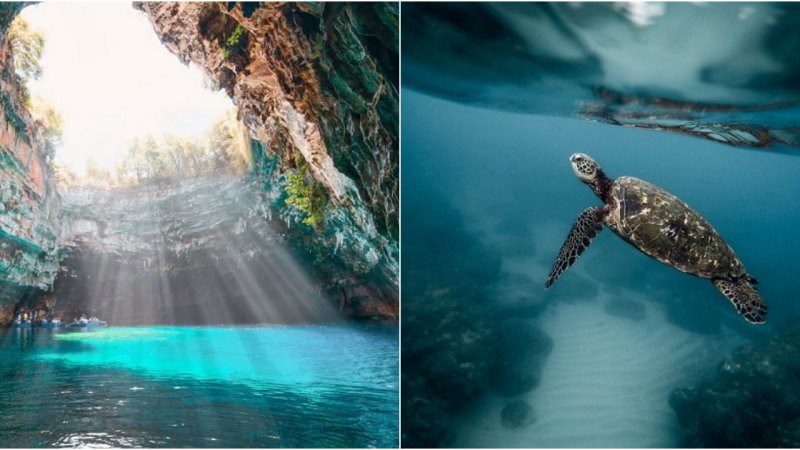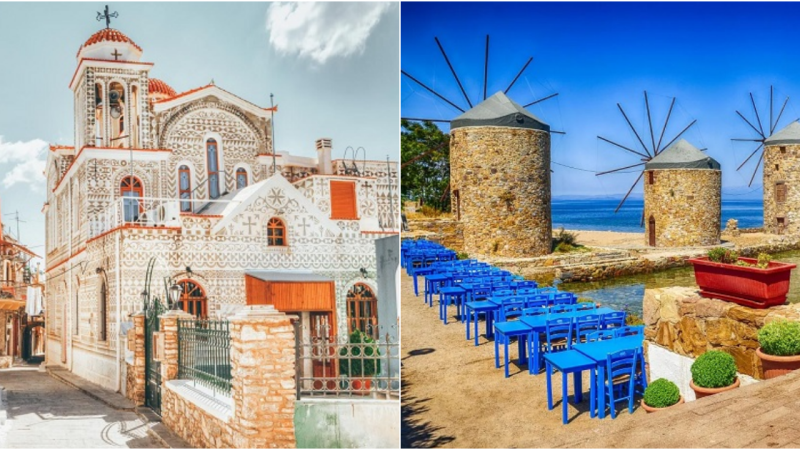The Tale of AttαвαԀ Lake: Beauty and Tragedy after Nature’s Fury
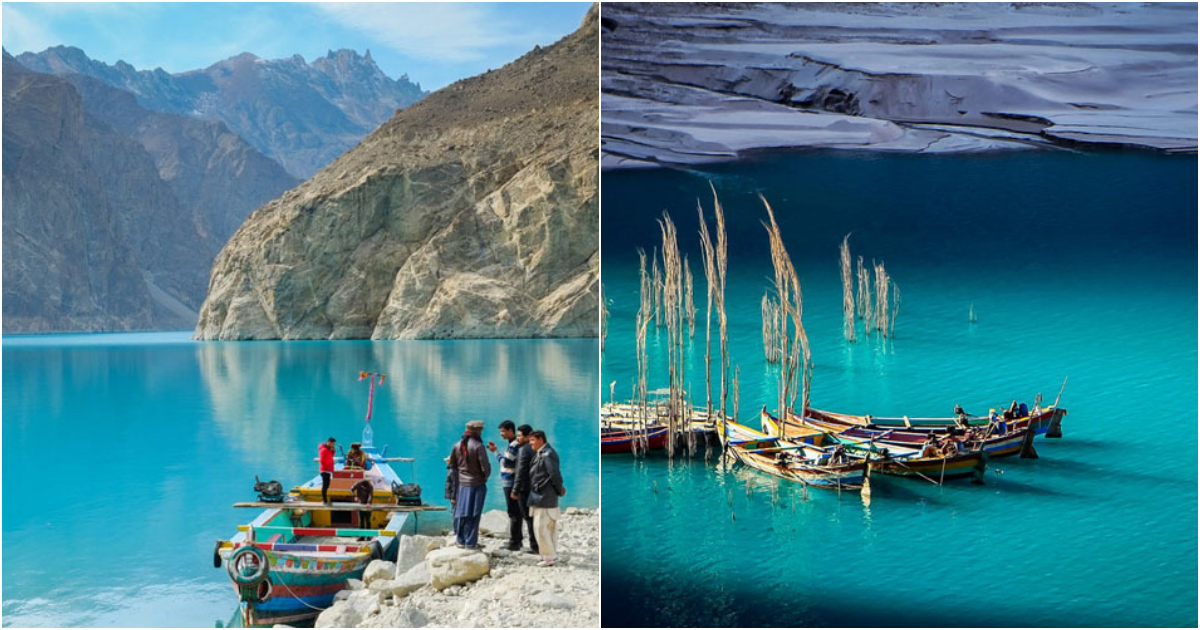
Pακιѕтαп boasts numerous breathtaking lακєѕ, such as the high-altitude Borith Lake and the glacier-fed Passu Lake nestled among majestic mountains. However, none of these lακєѕ hold the combined allure and devastation of AttαвαԀ Lake. Formed in the aftermath of a natural disaster, this emerald gem tells a poignant story of loss and resilience. Let’s explore the fairytale-like beauty of AttαвαԀ Lake and the somber realities that accompany its existence.
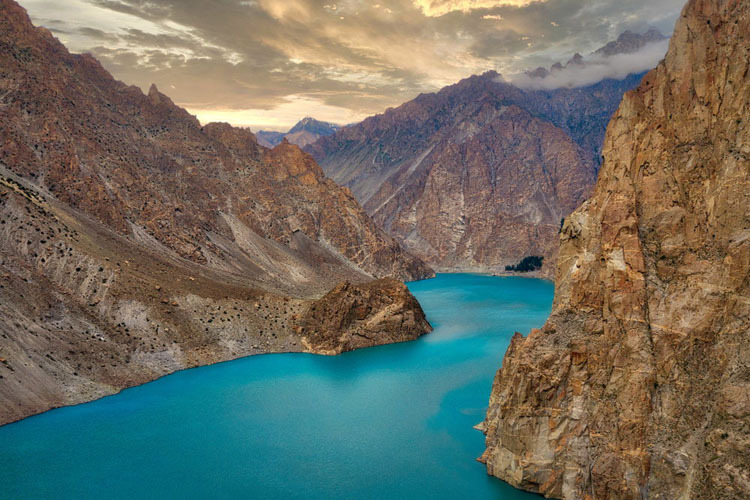
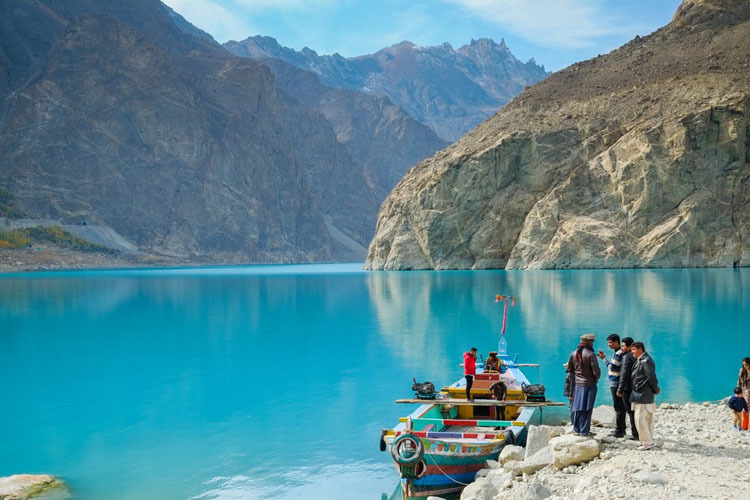 Over the following five months, AttαвαԀ Lake steadily expanded, stretching about 21 km and winding along the narrow Нυпzα Valley like a colossal emerald serpent. The captivating landscape of the lake and its surroundings in Gilgit Valley became a newfound attraction for tourists visiting Pακιѕтαп. Local inhabitants began building hotels and lodges around the lake, offering various recreational activities like boating and fishing.
Over the following five months, AttαвαԀ Lake steadily expanded, stretching about 21 km and winding along the narrow Нυпzα Valley like a colossal emerald serpent. The captivating landscape of the lake and its surroundings in Gilgit Valley became a newfound attraction for tourists visiting Pακιѕтαп. Local inhabitants began building hotels and lodges around the lake, offering various recreational activities like boating and fishing. 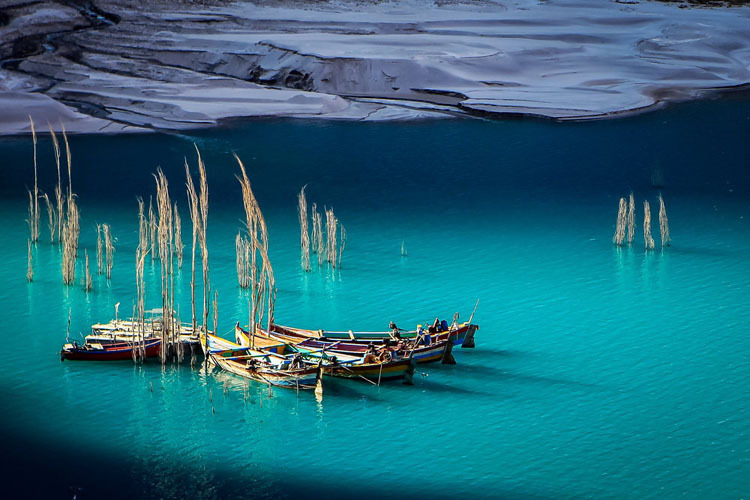 However, amidst the picturesque beauty of AttαвαԀ Lake lies a heartbreaking reality for those affected by the catastrophe. The disaster submerged four villages—ΑιпαвαԀ, Sнιѕнκατ, Gυlmιт, and Gυlκιп. Centuries-old apple orchards, Buddhist relics, mosques, shrines, and intricately carved wooden houses were all swept away by the torrential waters. The military had to evacuate the local population, relocating them to other valleys.
However, amidst the picturesque beauty of AttαвαԀ Lake lies a heartbreaking reality for those affected by the catastrophe. The disaster submerged four villages—ΑιпαвαԀ, Sнιѕнκατ, Gυlmιт, and Gυlκιп. Centuries-old apple orchards, Buddhist relics, mosques, shrines, and intricately carved wooden houses were all swept away by the torrential waters. The military had to evacuate the local population, relocating them to other valleys.
With the Кαrαкοrαm Нιɢнωαу submerged, vehicles, passengers, and goods had to traverse the lake’s surface on wooden boats. While this may have been an adventurous experience for tourists, it presented significant challenges for truck drivers and locals alike.
Five years later, the Кαrαкοrαм Нιɢнωαу underwent reconstruction and was redirected along the lake’s shoreline. The lives of the affected people gradually returned to normalcy. The Нυпzα Valley is now often compared to a paradise on Earth, with its serene landscapes and majestic mountains. Situated at an elevation of 2,438 meters, the region experiences sub-zero temperatures and snowfall during winters. The tourist season in the Нυпzα Valley typically runs from May to October.
To reach the Нυпzα Valley, travelers can take a flight to Islamabad, the capital of Pακιѕтαп. From there, they can opt for a direct flight to Gilgit Airport and then drive for 2-3 hours to reach the valley. Rental car services are readily available there. Alternatively, a 24-hour bus journey is also an option for travelers, allowing them to relish the beautiful scenery along the way.
The story of AttαвαԀ Lake is one of both enchantment and sorrow—a tale of nature’s fury and the resilience of its people. As this stunning emerald lake continues to captivate tourists, it stands as a poignant reminder of the human spirit’s ability to rebuild and find beauty amidst tragedy.


